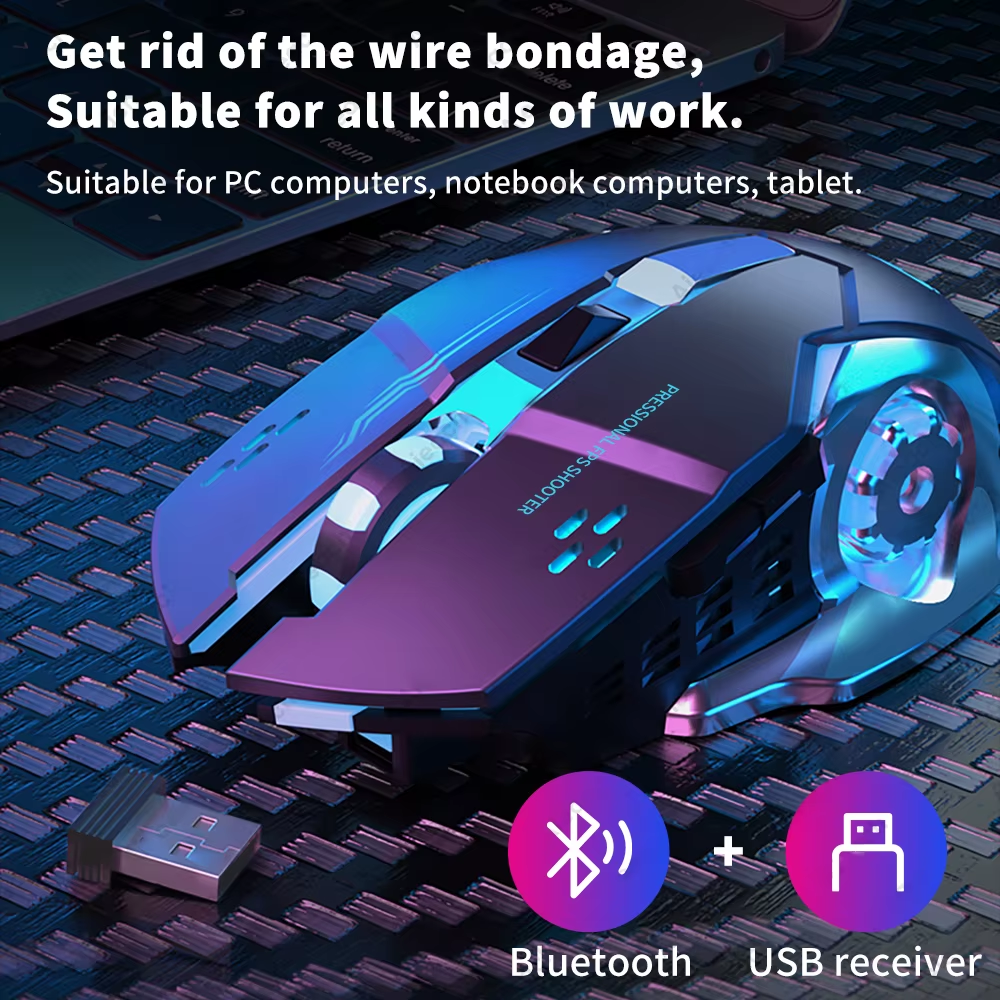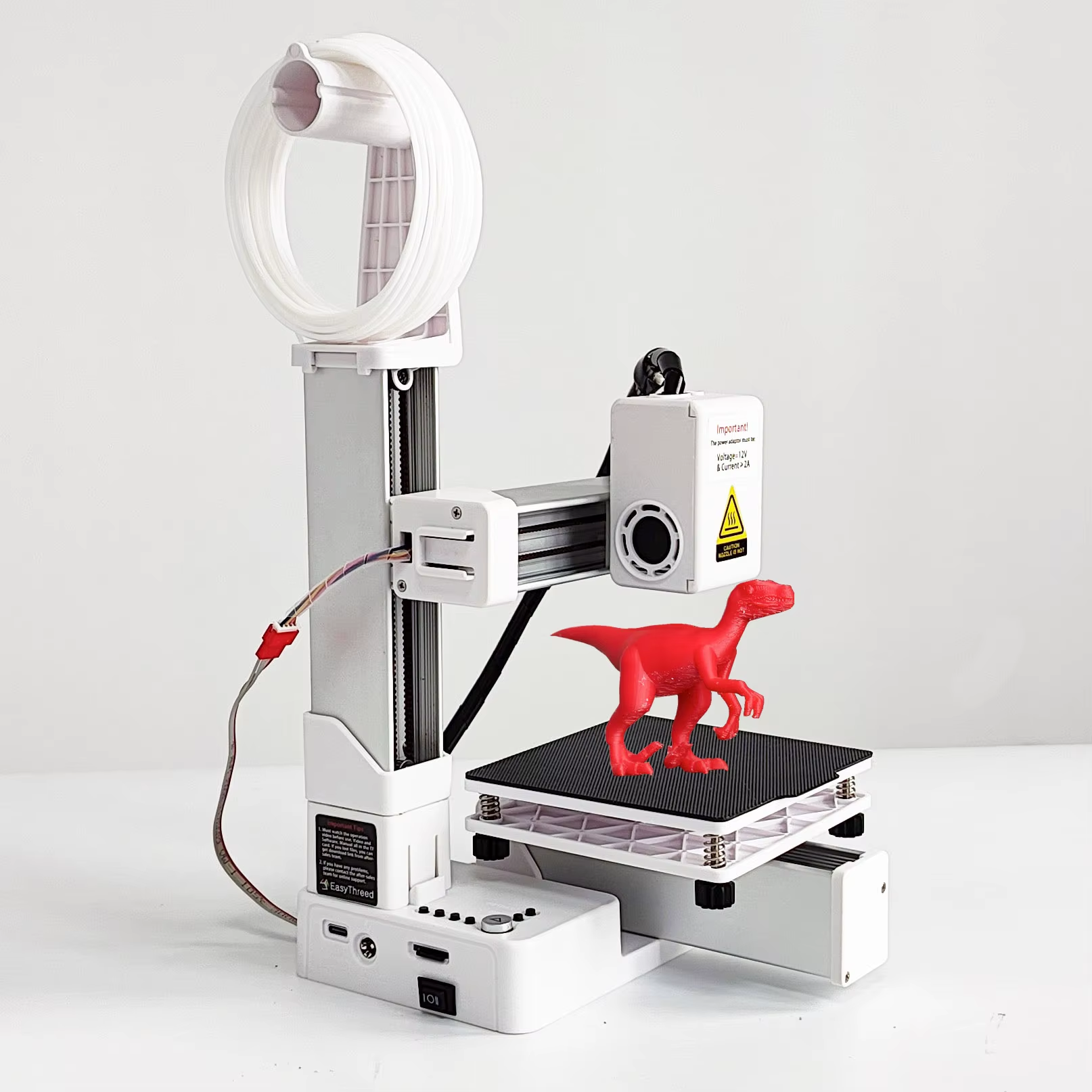In the heat of battle, it’s often the smallest movements that make the biggest difference. Micro, short for micromanagement, is the art of controlling units individually or in small groups to gain an advantage. Whether you’re splitting archers to dodge spells, focusing fire on key targets, or kiting enemy units, mastering micro can turn a close fight into a decisive victory. This guide will break down micro fundamentals, advanced techniques, and practical examples to elevate your gameplay.
1. What is Micro?
Micro refers to precise unit control in real-time strategy games. While macro focuses on building your economy, producing units, and expanding your base, micro is all about controlling the battlefield, including:
- Unit positioning
- Target priority
- Ability usage
- Movement control
Good micro lets you outfight larger armies, win skirmishes, and maximize unit effectiveness.
2. Core Micro Techniques
Let’s cover the basic building blocks of micro:
- Focus Fire: Select units and concentrate attacks on a single enemy to eliminate it quickly.
- Kiting (Hit-and-Run): Attack, move away before the enemy retaliates, then attack again.
- Splitting: Spread units out to avoid area-of-effect (AOE) damage from spells or artillery.
- Stutter-Step: Combine moving and attacking in rapid succession, used for ranged units like archers or marines.
- Blocking/Body Blocking: Use one unit (like a tanky melee) to block enemy paths, protecting fragile units behind.
3. Micro by Unit Type
Different units require different micro skills:
- Ranged Units: Focus fire, kite, and stay behind tanks.
- Melee Units: Engage enemies directly, block, and surround key targets.
- Siege Units: Protect them—keep them at range and prioritize high-value targets.
- Spellcasters: Use abilities at the right moment—interrupts, buffs, and debuffs can decide battles.
Example: In StarCraft II, splitting marines to avoid Baneling explosions is a key micro skill.
4. Micro in Different Situations
Skirmishes:
- Use hit-and-run tactics to weaken the enemy without committing to a full fight.
- Avoid chasing units into traps.
Large Battles:
- Control key groups (like spellcasters or high-damage units) separately.
- Use AOE abilities on clustered enemies.
Defending:
- Focus fire on siege units or high-value targets.
- Pull back wounded units to save them.
Choke Points:
- Position units to block entrances and funnel enemies into kill zones.
5. Hotkeys and Control Groups
Efficient micro depends on speed. Use hotkeys and control groups:
- Control Groups: Assign units to groups (e.g., 1 = main army, 2 = ranged, 3 = siege).
- Quick Cast Abilities: Set abilities to auto-cast or use hotkeys for faster reactions.
- Camera Hotkeys: Jump quickly between different parts of the map.
Pro players rely heavily on muscle memory and fast key usage to micro at lightning speed.
6. Advanced Micro Tactics
For experienced players, these techniques can give an edge:
- Pre-Split: Anticipate AOE attacks and spread units before they happen.
- Focus Fire Priority: Target high-damage enemies or support units first.
- Stutter-Step Kiting: In games like StarCraft II, combine attacks and movement fluidly.
- Attack-Move Dance: Move units between attacks to avoid overkill or wasted shots.
- Animation Canceling: Some games allow canceling attack animations for faster attacks.
7. Micro Examples by Game
- StarCraft II: Splitting marines, kiting stalkers, sniping enemy workers.
- Age of Empires IV: Microing longbowmen to kite knights, dodging mangonel shots.
- Total War Series: Cavalry charges, cycle charging, and flanking with horsemen.
- Company of Heroes: Using cover, grenade dodging, and focus firing vehicles.
8. Training Your Micro Skills
Practice is key. Here’s how to get better:
- Custom Maps: Many RTS games have micro training maps.
- 1v1 Skirmishes: Play smaller matches to focus on micro.
- Replays: Watch your games, identify missed micro opportunities.
- Speed Drills: Practice hotkey usage and reaction times.
9. Common Micro Mistakes
Avoid these errors:
- Over-Microing: Don’t neglect your macro (economy, production) while microing.
- Tunnel Vision: Focus too much on one battle and miss attacks elsewhere.
- Poor Grouping: Mixing units that need different control (e.g., siege with melee) leads to mistakes.
- Ignoring Terrain: Micro is stronger when combined with map control.
10. Conclusion: Micro Wins Battles
Mastering micro is the path to outplaying opponents, even when they have the numbers. Precision, timing, and control can turn the tide of battle. Whether you’re a beginner or a seasoned player, improving your micro will unlock higher levels of play—and more satisfying victories.




